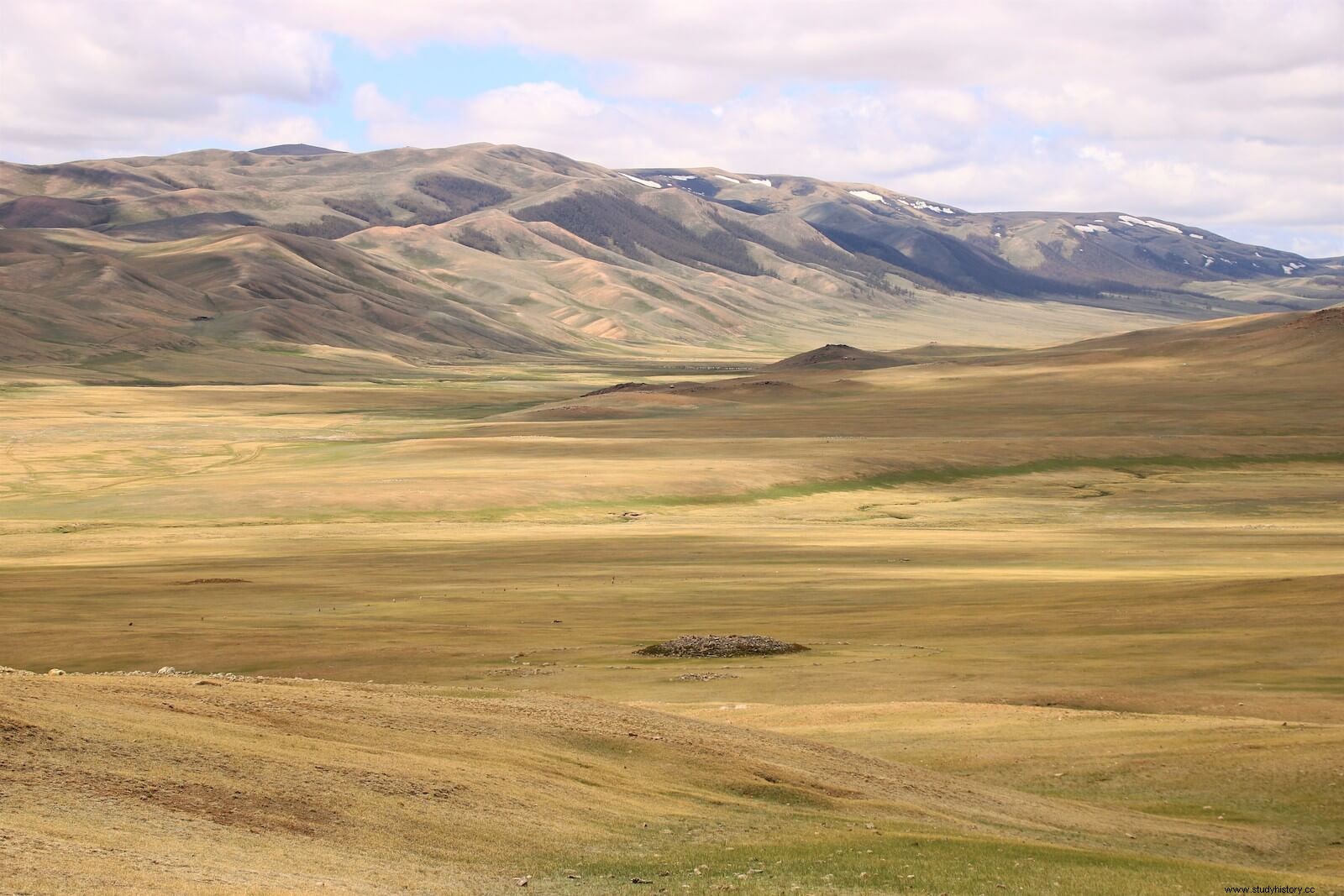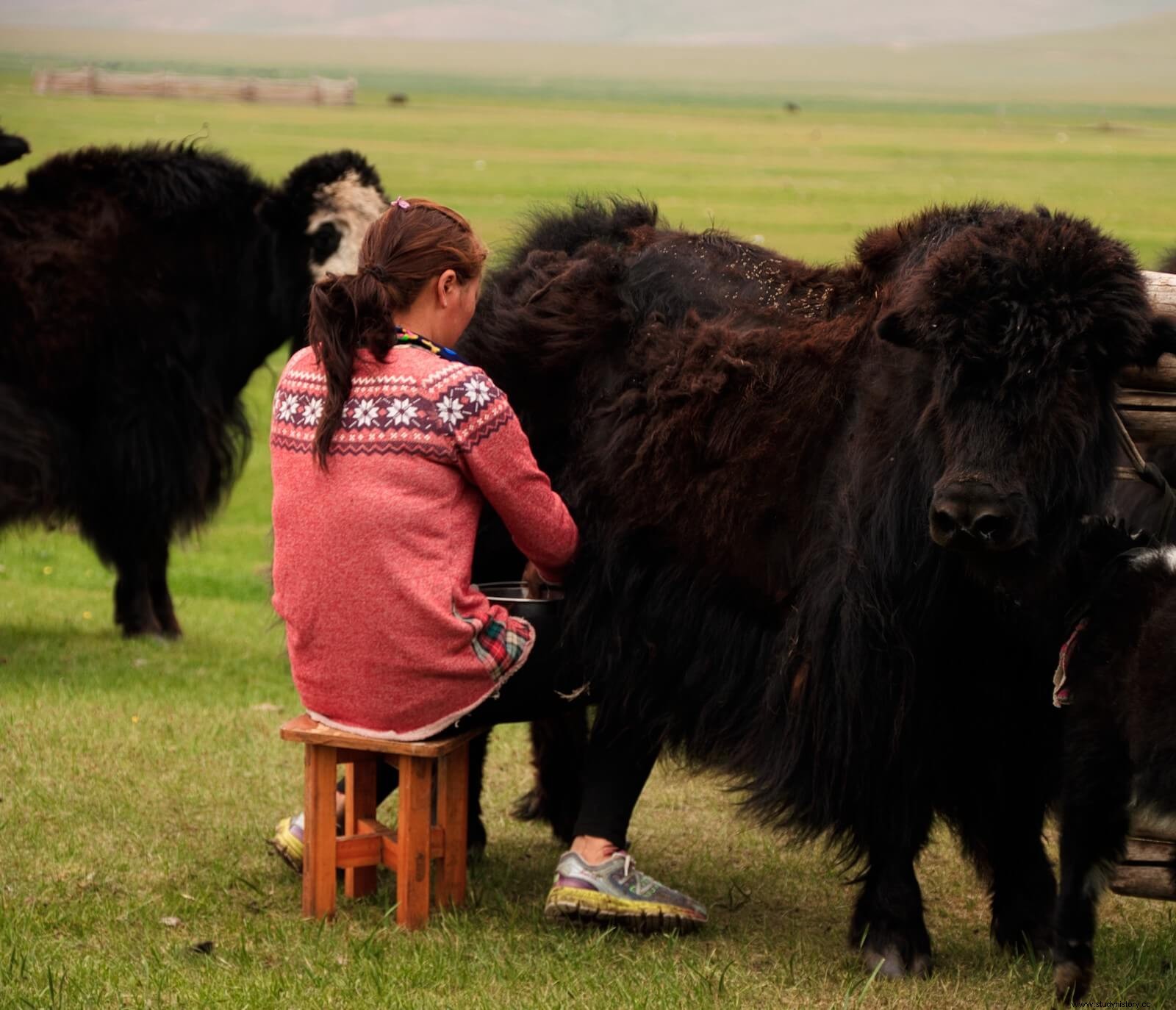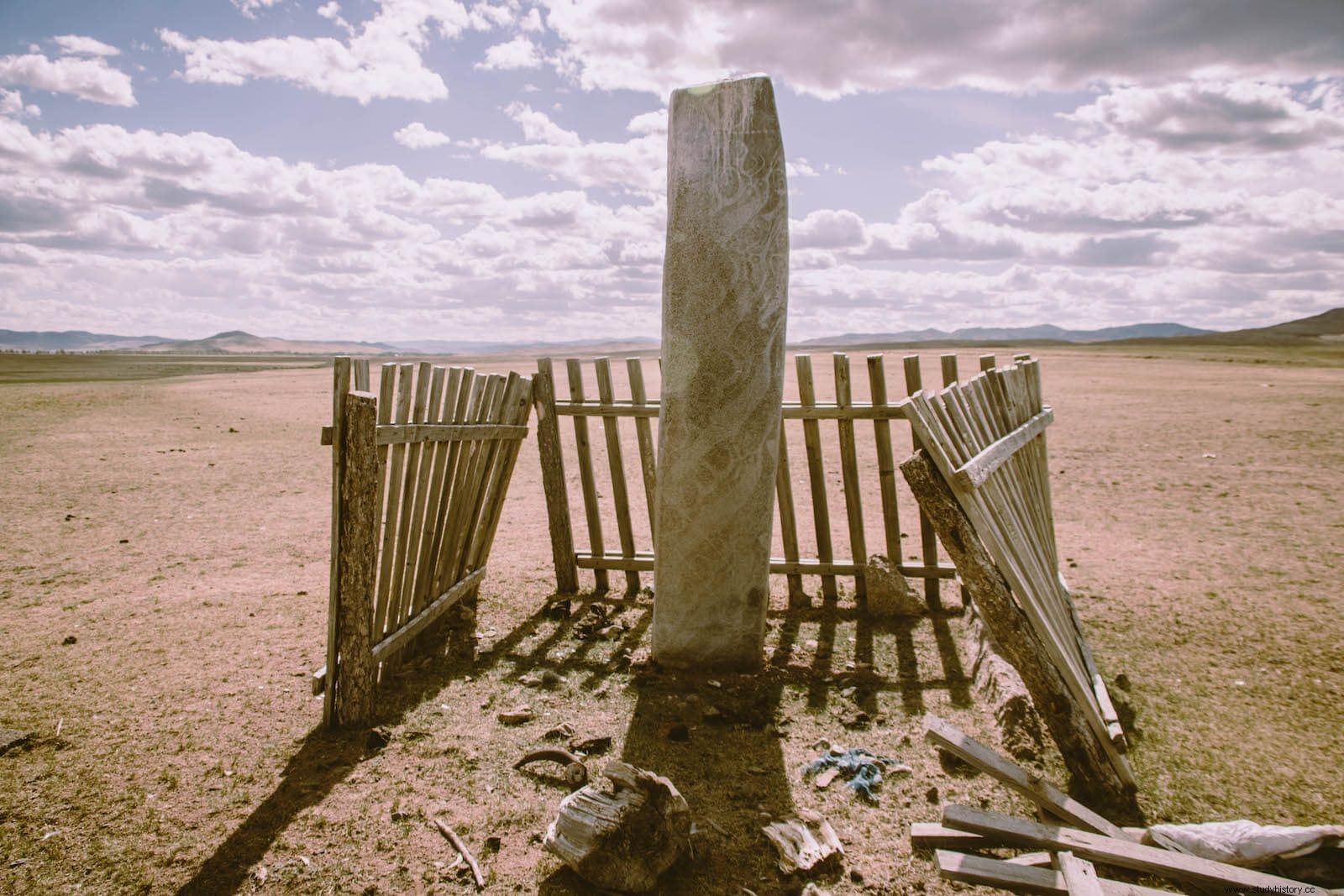
The project directed by Natalia Égüez from the University of La Laguna (Tenerife) is a collaboration between this institution, the National Museum of Mongolia and the Institut Català d'Arqueologia Clàssica (ICAC) in Tarragona. In addition, researchers from the Milà i Fontanals Institution for Research in Humanities of the Higher Council for Scientific Research (IMF-CSIC) in Barcelona, Western Kentucky University (USA) and the University of Oulu (Finland) participate.
Mongolia is a country where half of its population depends directly or indirectly on the pastoralist economy for their subsistence, with seasonal movements as a basic strategy for managing their herds. Currently, despite the decrease in nomadic mobility, which has been reduced from 7 or 8 times a year to 3 or 4 in a decade, their lifestyle has not changed for at least five millennia.

The Bronze Age in Mongolia ( 3000-700 BC) It is a period of great social interaction and important transformations, such as the domestication of the horse and the transition to full livestock through the development of mounted grazing. It is at this time that the ceremonial funerary complexes known as Deer Stone Khirigsuur (DSK) emerge, suggesting that it is the nomadic communities that are going to articulate the territory for the first time and build a cultural landscape based on the creation of large funerary monuments. The wide distribution of these monuments indicates a shared knowledge between individuals with a level of intensification and sociopolitical complexity hitherto unknown in the East Asian steppe.
The studies of the DSK complexes They have been studied in relation to their dates and construction methods, but the project seeks to understand the way of life of the people who built them in their precise paleoenvironmental context, to know their livestock practices and their mobility in the territory. First locating and then studying the nomadic camps of the past, the project analyzes the microscopic and molecular remains of the sediments and ceramic fragments recovered through a multiproxy methodology that integrates analyzes such as sediment micromorphology, stable isotopes of compounds, lipid analysis and of carbons and phytoliths. In addition, geospatial studies of the territory are carried out with analysis of satellite images and computational archaeology.

The lack of systematic explorations, partly due to Biased investigations towards funerary contexts have not taken into account the archaeological evidence of domestic spaces. The survey and excavation of domestic camps will provide new data to better understand this period and help contextualize the socioeconomic changes in the everyday world of DSK culture.
